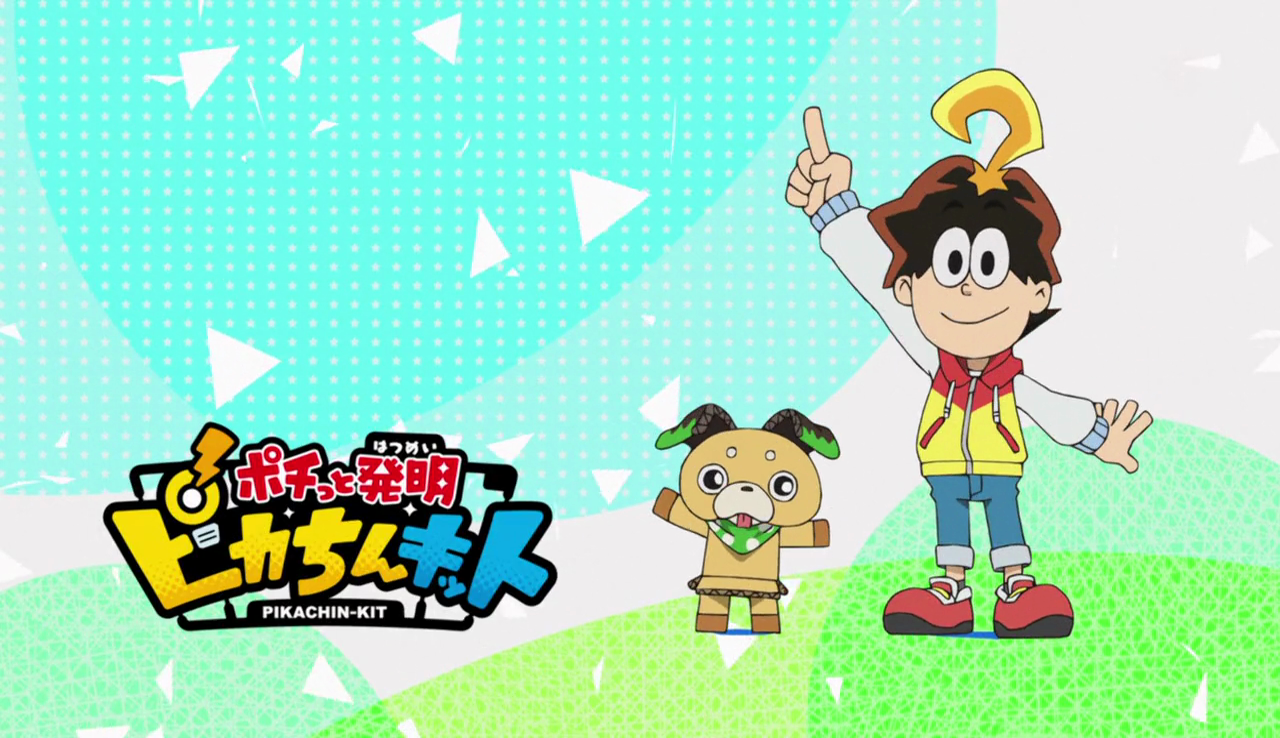Doraemon Mk. 2 Sells Out
A pre-adolescent boy lives with a robot pet from the future. The boy’s daily life involves a crush on his female classmate as well as an assortment of mechanical gadgets. The most prominent of these gadgets is one that the boy wears on his head. Given such a description, likely nine out of ten Japanese people would immediately and correctly identify Fujiko F. Fujio’s Doraemon. Except the description also applies precisely to this season’s fascinating new children’s anime series Pochitto Hatsumei: Pikachin-Kit. Doraemon’s Nobita Nobi is a fourth-grader. Pikachin-Kit’s Eiji Tomatsu is a fifth-grader. One of the most prominent and famous of Doraemon’s gadget’s is the “take-copter” worn on one’s head. Pikachin-Kit’s most prominent gadget is the “cunninglasses” pair of goggles.
The fascinating aspect of Pikachin-Kit is exactly how blatantly commercial the show is and particularly where it gets its inspirations from. Bandai plastic models have been prominent in anime including Gunpla Builders and Keroro Gunso. The plastic model kits that Eiji acquires and constructs in Pikachin-Kit aren’t branded with the Bandai logo, but Bandai is one of the program’s primary sponsors. Amazon makes its first major leap into anime by not just co-sponsoring the series but actually appearing in the show as the practically magical delivery service of Eiji’s wildest dreams. Moreover, Pikachin-Kit seems to even draw inspiration from the “Danbooru Gundam” meme, cosplayer Paul M. Palgen’s impromptu costume from the 2003 Anime Central convention.
Particularly kodomo anime are frequently criticized as little more than lightly disguised toy commercials. Pikachin-Kit is fascinating because it nearly entirely eschews even the thinnest veneer of separating advertising from entertainment. Moreover, the show bizarrely targets preadolescent children yet satirically references concepts that older viewers will recognize.





